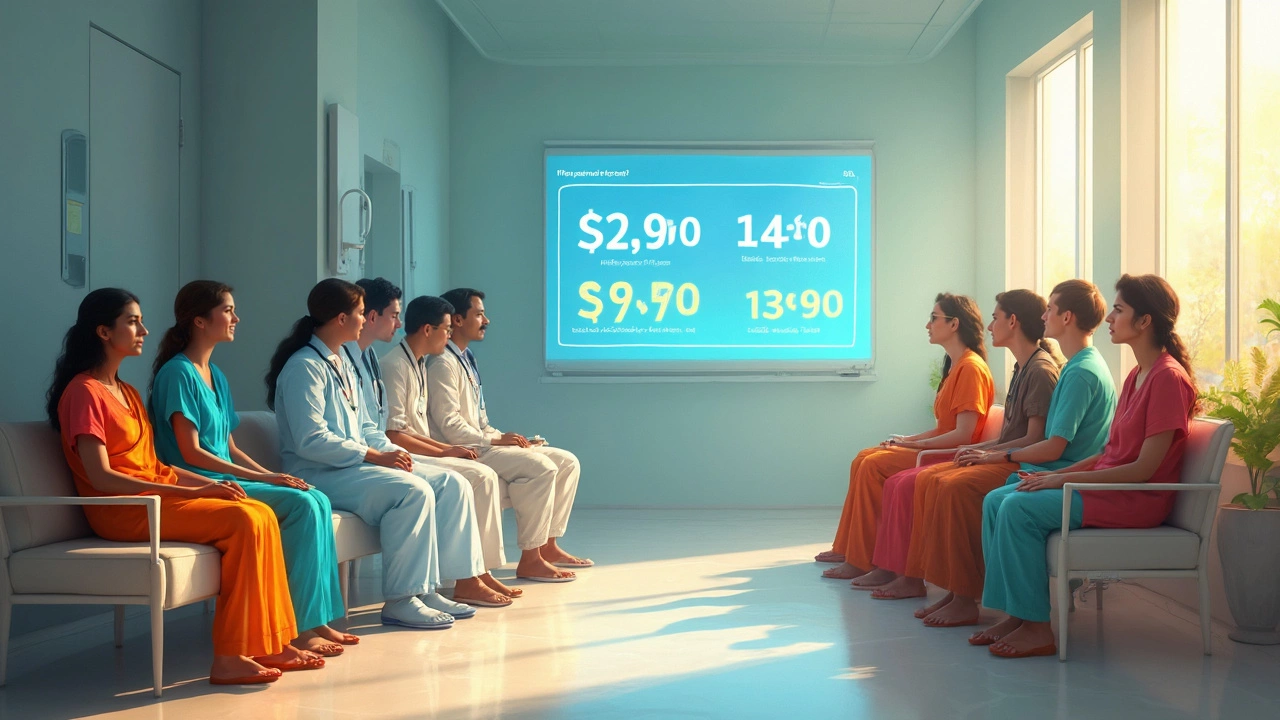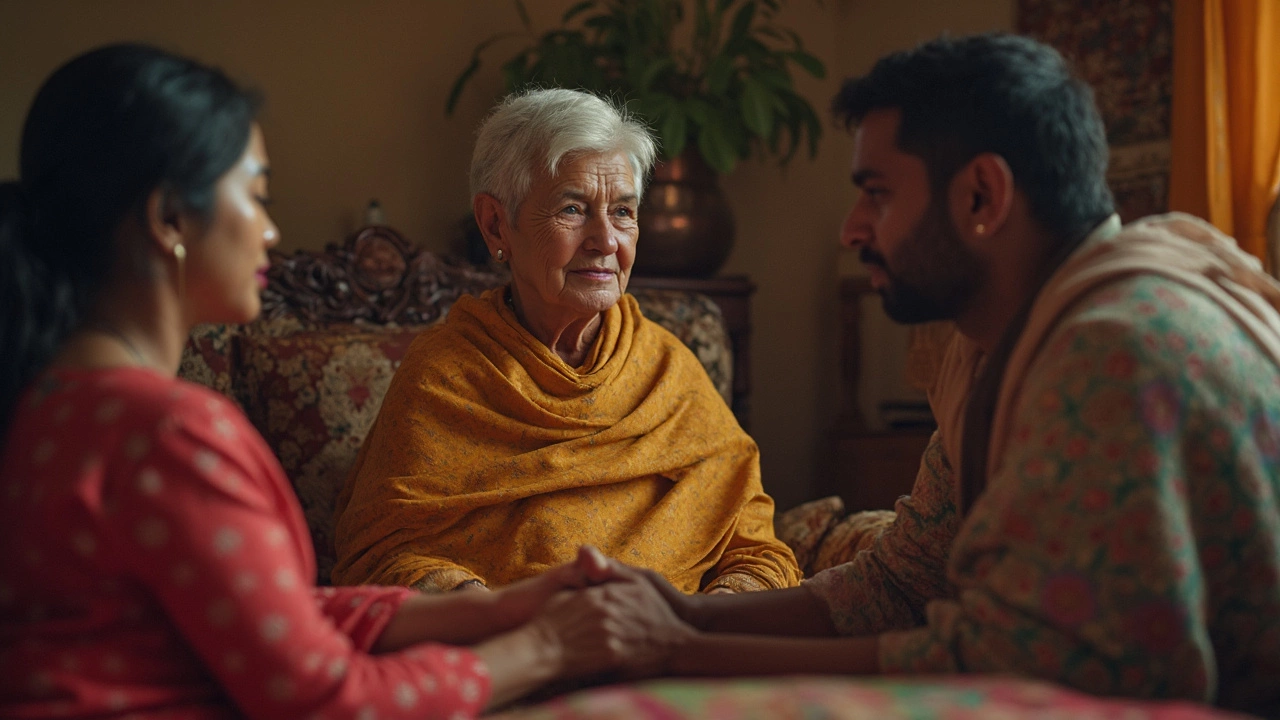Cancer: Types, Treatments, and Survival Rates You Need to Know
When we talk about cancer, a group of diseases where cells divide uncontrollably and spread into surrounding tissues. Also known as malignant tumors, it’s not one illness—it’s over 200 different conditions, each with its own behavior, risks, and treatments. Some cancers grow slowly and respond well to early treatment. Others move fast, spread quietly, and are harder to catch. Knowing the difference can change everything.
Not all cancers are the same. survivable cancers, like thyroid, prostate, and breast cancer often have five-year survival rates above 90% when caught early. That doesn’t mean they’re harmless—it means screening and awareness work. On the other hand, aggressive cancer, such as pancreatic, liver, and lung cancer kills quickly because symptoms show up late, and treatment options are limited. These are the cancers that make up the top three deadliest worldwide.
The tools we use to fight cancer have changed. cancer treatments, including surgery, chemotherapy, radiation, immunotherapy, and targeted therapy are now chosen based on the tumor’s DNA, not just where it’s located. Immunotherapy, for example, doesn’t attack the tumor directly—it teaches your immune system to recognize and destroy cancer cells. It’s not magic, but it’s working for people who had no other options.
Survival rates aren’t predictions—they’re statistics based on thousands of cases. A 95% survival rate for early-stage thyroid cancer doesn’t mean you’ll live forever. It means, statistically, 95 out of 100 people diagnosed at that stage are alive five years later. That’s why early detection matters more than fear. A simple skin check, a colonoscopy, or a low-dose CT scan for smokers can catch cancer before it spreads.
There’s no single cause, no miracle cure, and no one-size-fits-all approach. But there is hope—in better screening, smarter treatments, and people who refuse to give up. What you’ll find below are real, clear answers about which cancers are most survivable, which are the most dangerous, and how today’s treatments actually work. No hype. No guesswork. Just what you need to understand your risks, ask the right questions, and take control.

